| Programme annuel & rapport de suivi technique |
-
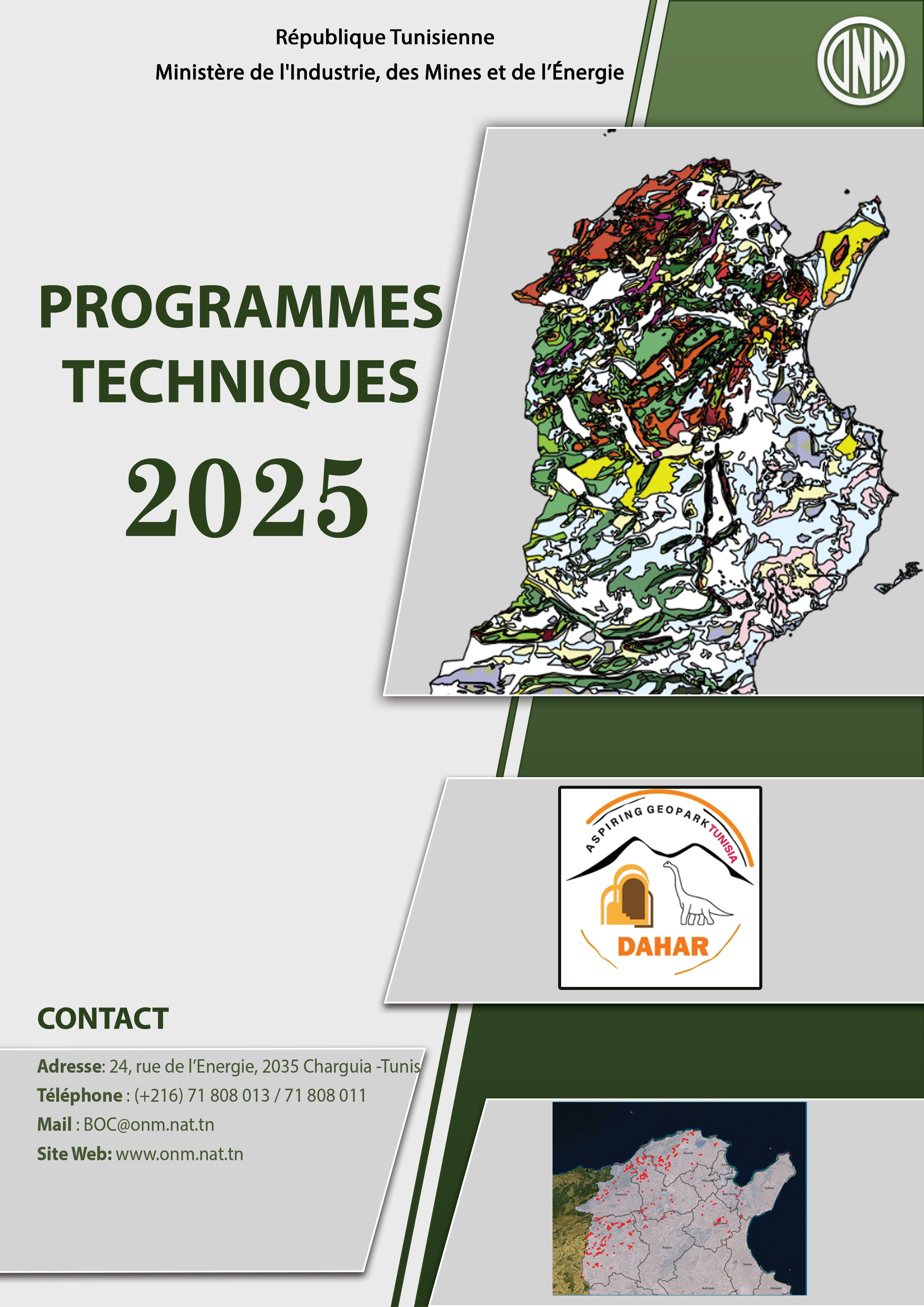
Programmes Techniques 2025
-
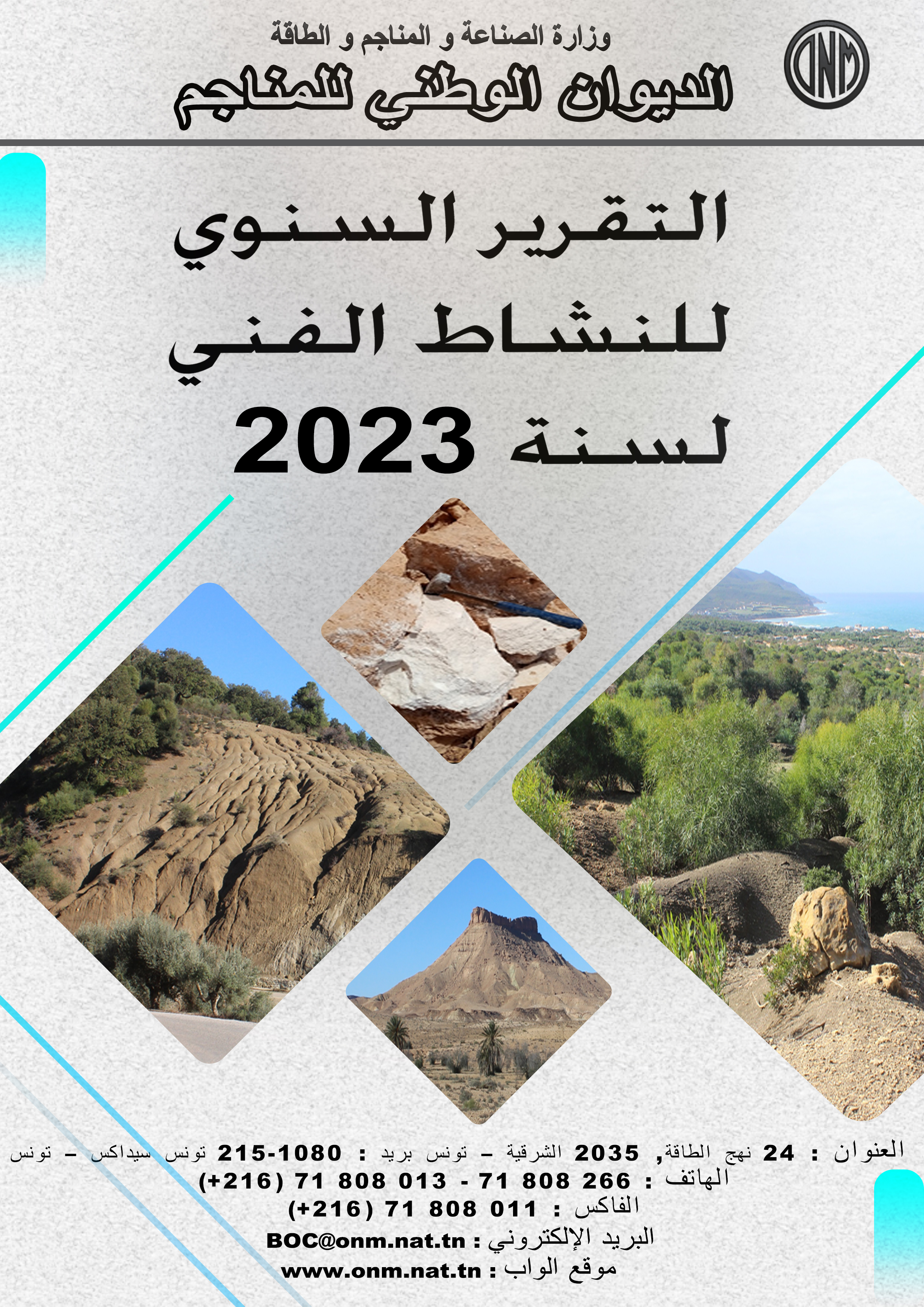
Rapport d'activités 2023
|
| Géocatalogue |
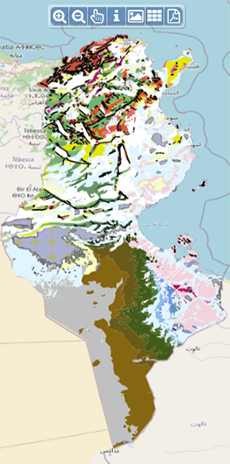
|
| Appels d'Offres |
-

DESIGNATION D’UN REVISEUR COMPTABLE POUR LES EXERCICES 2025-2026-2027
-
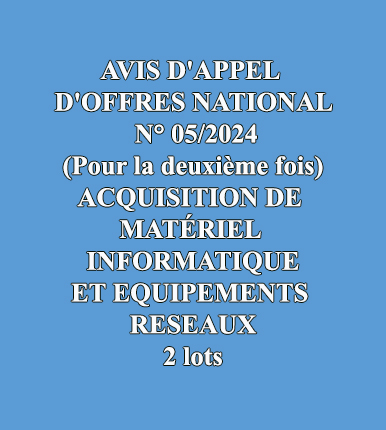
ACQUISITION DE MATERIEL INFORMATIQUE ET EQUIPEMENTS RESEAUX
|
|
Investir en Tunisie |
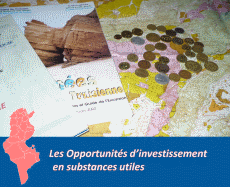
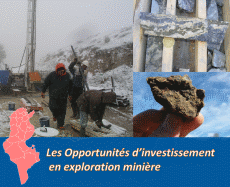
|
|
|
|
|
::
Documentation and Editions
>>
Research library
|
| |
|
[
Search by author
]
[
Search keyword
]
[
Search by index
]
[
Search by category
]
|
title of the reference :
|
Séquences et cycles d'ordre 2 en régime extensif et transtensif
|
|
Publication Date:
|
1997
|
|
Author :
|
Souquet Pierre, Peybernes Bernard, Saadi Jalila, Ben Youssef Mohamed
|
|
Catalogue type :
|
Livre
|
|
Catalogue reference :
|
T.168, N°3 (FRA) Bull. Soc. Géol. Fr. T.168, N°3 Séquences et cycles d'ordre 2 en régime extensif et transtensif Second order sequences and cycles in extensional - transtensional regime : example from the lower Cretaceous of the Tunisian Atlas exemple du Crétacé inférieur de l'Atlas tunisien. A new model of 2nd order sequence and cycle is applied to the understanding of how sedimentation records tectonic events in extensional or transtensional basins. This model emphasizes two phases induced in the same facies cycle by the effects of interfering subsidence - sediment supply on accomodation space : 1/ a synrift phase of intrabasinal progradation (P::(1)) and continental erosion: 2/ a postrift phase, first of retrogradation (R)relating to a transgression and a platform drowning, and then of progradation (P::(2)) relating to a regression and continental erosion. Illustrations of this model P::(1)-R/ P::(2)are given by the sequence stratigraphy of the Lower Cretaceous series from the Alpine fold/thrust belt and the foreland recently distinguished in the Tunisian Atlas. This synthesis, developed from the J. Oust reference series, show how preshortening sedimentation along this transect of the South-Tethyan paleomargin was controlled by four transtensive tectonic cycles of late Tithonian-Berriasian, Valanginian-Hauterivian, Barremian, and Aptian ages. bibliogr. Stratigraphie séquentielle ; Crétacé inf ; Tectonique extension ; Transtension ; subsidence ; érosion ; trangression ; régression ; Valanginien ; Barremien ; Aptien ; Tunisie ; J. Oust ; Teboursouk ; Atlas septentrional ; sillon tunisien ; Atlas central et méridional Peybernes Bernard Saadi Jalila Ben Youssef Mohamed Souquet Pierre Stratigraphie
|
|
Indexation decimale :
|
Stratigraphie
|
|
Keywords :
|
Stratigraphie séquentielle ; Crétacé inf ; Tectonique extension ; Transtension ; subsidence ; érosion ; trangression ; régression ; Valanginien ; Barremien ; Aptien ; Tunisie ; J. Oust ; Teboursouk ; Atlas septentrional ; sillon tunisien ; Atlas central et méridional
|
|
Summary :
|
A new model of 2nd order sequence and cycle is applied to the understanding of how sedimentation records tectonic events in extensional or transtensional basins. This model emphasizes two phases induced in the same facies cycle by the effects of interfering subsidence - sediment supply on accomodation space : 1/ a synrift phase of intrabasinal progradation (P::(1)) and continental erosion: 2/ a postrift phase, first of retrogradation (R)relating to a transgression and a platform drowning, and then of progradation (P::(2)) relating to a regression and continental erosion. Illustrations of this model P::(1)-R/ P::(2)are given by the sequence stratigraphy of the Lower Cretaceous series from the Alpine fold/thrust belt and the foreland recently distinguished in the Tunisian Atlas. This synthesis, developed from the J. Oust reference series, show how preshortening sedimentation along this transect of the South-Tethyan paleomargin was controlled by four transtensive tectonic cycles of late Tithonian-Berriasian, Valanginian-Hauterivian, Barremian, and Aptian ages.
|
|
Exemplaries :
|
TU1986
|
|
|
|
|
|
|
|



